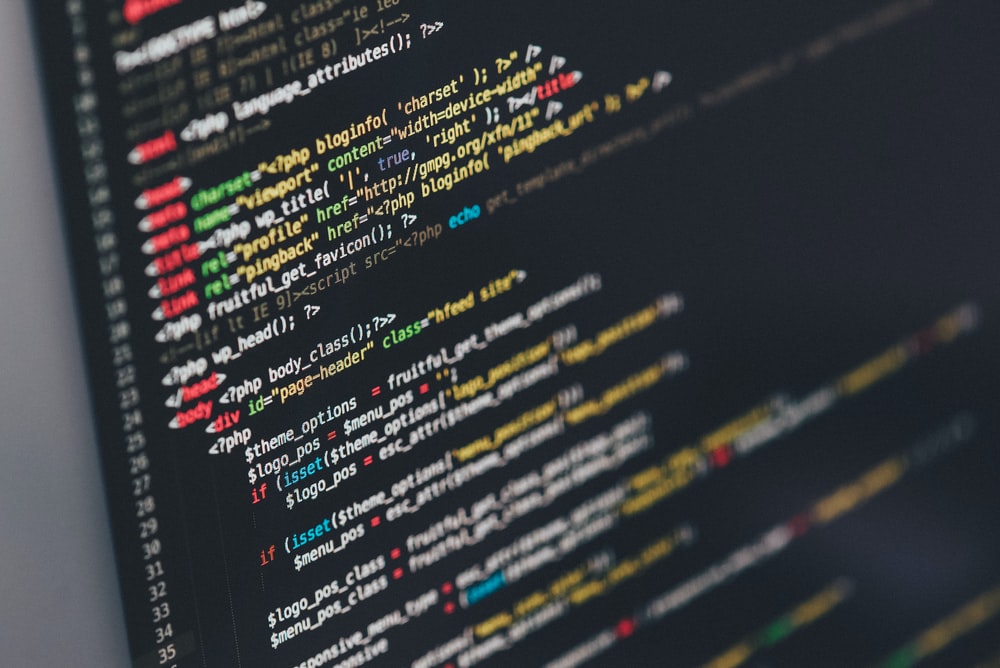In python, you get to learn and implement a variety of things, including the python multidimensional arrays. Learn more about this here.
Python Multidimensional arrays: Lists in lists
Depending what you’re doing, you may not really have a 2-D array.
80% of the time you have simple list of “row-like objects”, which might be proper sequences.
myArray = [ ('pi',3.14159,'r',2), ('e',2.71828,'theta',.5) ] myArray[0][1] == 3.14159 myArray[1][1] == 2.71828More often, they’re instances of a class or a dictionary or a set or something more interesting that you didn’t have in your previous languages.
myArray = [ {'pi':3.1415925,'r':2}, {'e':2.71828,'theta':.5} ]20% of the time you have a dictionary, keyed by a pair
myArray = { (2009,'aug'):(some,tuple,of,values), (2009,'sep'):(some,other,tuple) }Rarely, will you actually need a matrix.
You have a large, large number of collection classes in Python. Odds are good that you have something more interesting than a matrix.
A good way to visualize a 2d array is as a list of lists. Something like this:
lst=[[1,2,3],[4,5,6],[7,8,9]]
here the outer list lst has three things in it. each of those things is another list: The first one is: [1,2,3], the second
one is: [4,5,6] and the third one is: [7,8,9]. You can access these lists the same way you would access another other element of a list, like this:
print (lst[0])
output: [1, 2, 3]
print (lst[1])
output: [4, 5, 6]
print (lst[2])
output: [7, 8, 9]
You can then access the different elements in each of those lists the same way:
print (lst[0][0])
output: 1
print (lst[0][1])
output: 2
Here the first number inside the [] brackets means get the list in that position. In the above example we used the number 0 to mean get the list in the 0th position which is [1,2,3]. The second set of [] brackets means get the item in that position from the inner list. In this case we used both 0 and 1 the 0th position in the list we got is the number 1 and in the 1st position it is 2
You can also set values inside these lists the same way:
lst[0]=[10,11,12]
Now the list is [[10,11,12],[4,5,6],[7,8,9]]. In this example we changed the whole first list to be a completely new list.
lst[1][2]=15
Now the list is [[10,11,12],[4,5,15],[7,8,9]]. In this example we changed a single element inside of one of the inner lists. First we went into the list at position 1 and changed the element within it at position 2, which was 6 now it’s 15.
Lists in lists in lists in..
This behaviour can be extended. Here is a 3-dimensional array:
[[[111,112,113],[121,122,123],[131,132,133]],[[211,212,213],[221,222,223],[231,232,233]],[[311,312, 313],[321,322,323],[331,332,333]]]
As is probably obvious, this gets a bit hard to read. Use backslashes to break up the different dimensions:
[[[111,112,113],[121,122,123],[131,132,133]],\
[[211,212,213],[221,222,223],[231,232,233]],\
[[311,312,313],[321,322,323],[331,332,333]]]
By nesting the lists like this, you can extend to arbitrarily high dimensions.
Accessing is similar to 2D arrays:
print(myarray)
print(myarray[1])
print(myarray[2][1])
print(myarray[1][0][2])
etc.
And editing is also similar:
myarray[1]=new_n-1_d_list
myarray[2][1]=new_n-2_d_list
myarray[1][0][2]=new_n-3_d_list #or a single number if you're dealing with 3D arrays etc.
Must Read Python Interview Questions
200+ Python Tutorials With Coding Examples
Other Python Tutorials
- What is Python?
- Python Advantages
- Python For Beginners
- Python For Machine Learning
- Machine Learning For Beginners
- 130+ Python Projects With Source Code On GitHub

